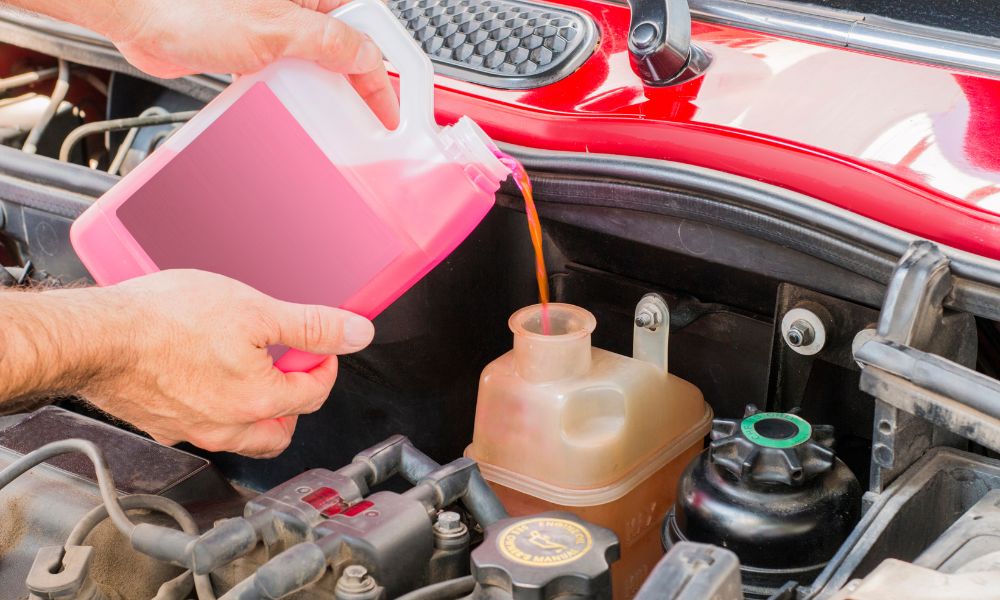One of the most important aspects of fleet management is keeping uptime and cutting expenses. The ball joint, a crucial component of the suspension system, is an important but sometimes disregarded portion of car maintenance. Fleet cars may have a far longer lifetime if their ball joints are regularly inspected and maintained, which keeps them safe to drive. We explore the value of ball joint maintenance and how it might avert expensive malfunctions in this post.
Recognizing Ball Joints and Their Function
Ball joints, which enable appropriate movement and articulation of a vehicle’s suspension, are spherical bearings that attach the steering knuckles to the suspension control arms. They provide stability and control by facilitating smooth transitions across humpbacks and curves. Damage or wear on ball joints may cause misalignment, which can lead to uneven tire wear, poor handling, and eventually safety problems. Fleet managers must understand their responsibility for guaranteeing the effectiveness and safety of their vehicles.
The Value of Continual Inspection
A fleet vehicle maintenance program’s cornerstone should be regular ball joint checks. Fleet cars are often subjected to harsh usage, including lengthy trips and numerous pauses, which significantly strains the suspension parts. Fleet managers can recognize early indicators of wear and tear, such as looseness, noise, or apparent damage, by conducting regular and comprehensive inspections. Early detection of these problems enables prompt fixes by the Auto Repair in Martinez, GA before they worsen and become more serious concerns that may cause car breakdowns or accidents.
Preventing Expensive Failures
The cost of unplanned car repairs is among the strongest arguments in favor of giving ball joint maintenance top priority. A broken ball joint may result in disastrous situations, such as losing steering control, which can harm the car and endanger the safety of the driver and other passengers. Aside from safety issues, an unplanned breakdown costs the fleet money in repairs and results in lost productivity. Fleet managers may reduce these hazards and avoid costly repairs and accidents down the road by including ball joint checks into their periodic maintenance programs.
Increasing the Life of Vehicles
Fleet cars need a substantial financial outlay, therefore extending their lifetime requires adequate maintenance. Ball joints need regular maintenance to maintain the suspension system’s general health, which enhances ride quality and lengthens the life of tires and other associated parts. Furthermore, a well-maintained suspension system may save running expenses by increasing fuel economy. Ball joint checks add to the total lifetime of fleet vehicles and are thus a sensible expenditure due to the combined impact of these advantages.
Conclusion
In summary, ball joint maintenance is an essential component of fleet vehicle lifetime and not just a checklist item on a maintenance list. Frequent inspections help guarantee that cars are safe, effective, and dependable by spotting issues before they become expensive breakdowns.






